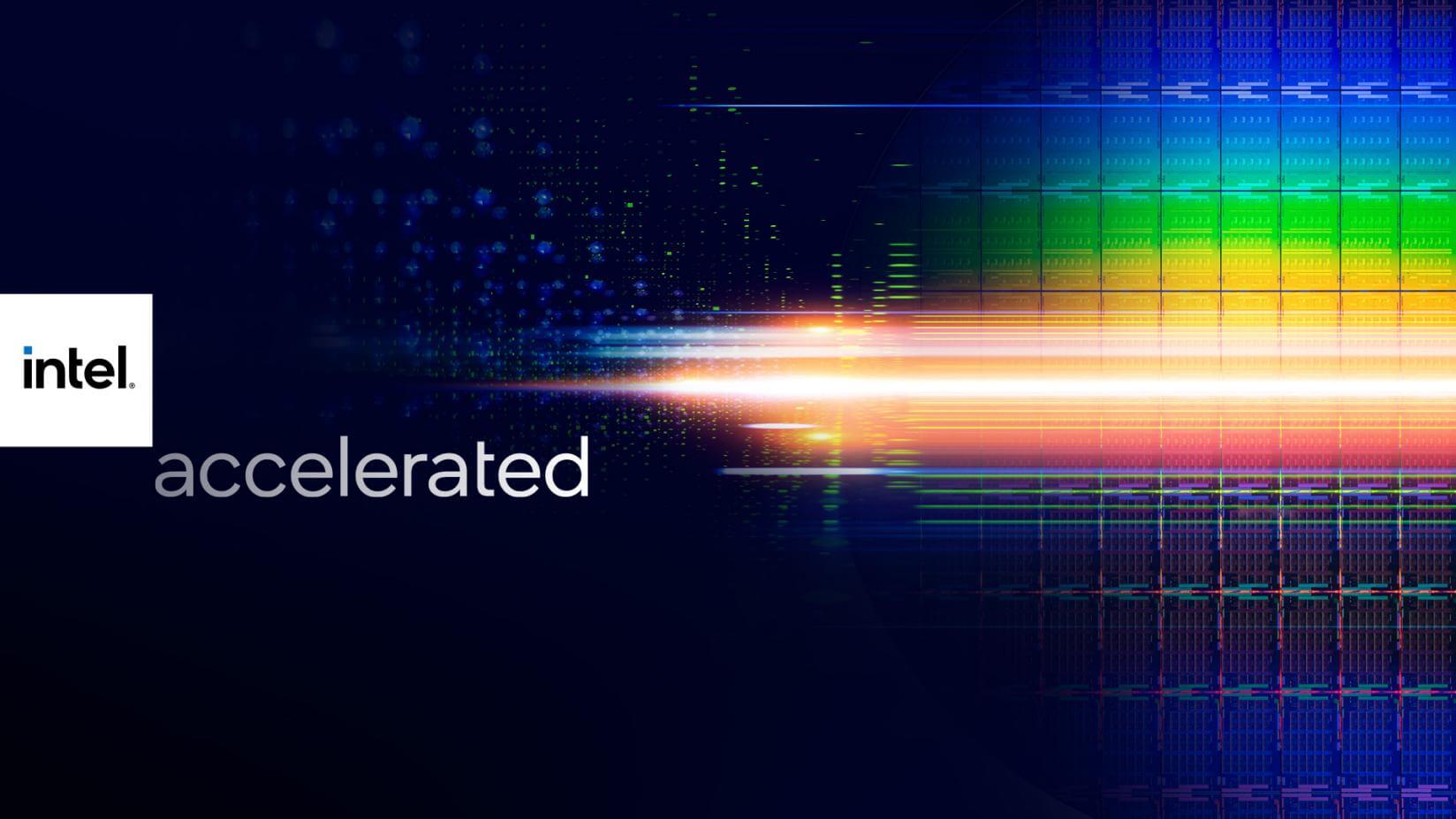A benchmark of Intel’s Xe-HPG graphics card has surfaced on the GFXBench database for the first time, indicating that the chipmaker’s first discrete GPU designs aren’t that far from launch. The benchmark was run using the OpenGL API on Windows which makes it a little hard to ascertain the validity of the obtained figures, as these tend to vary quite wildly. Either way, the Xe GPU scores in the vicinity of the GTX 16-series graphics cards, at times even leveling with the GTX 1660 Super and the 1660 Ti. However, as already mentioned, the results aren’t very consistent across different tests, and the GeForce part is often capped to 60 FPS.
Compared to the Iris Xe MAX Graphics which is essentially the discrete GPU form of the DG1 (Xe-LP/Gen12), this particular part is nearly 3x faster in OpenGL which is quite impressive considering that we’re looking at an engineering sample, and likely one of the low-end or midrange offerings.

Intel is rumored to be prepping the Xe-HPG graphics cards for launch at next year’s CES, although it remains unclear whether we’ll see just an announcement or a hard launch. These GPUs would be fabbed on TSMC’s 7nm-class node (N6 most likely), so it’ll be interesting to see what kind of capacity Intel was able to reserve at the premier foundry.

As you can see, the Xe-High Performance Gaming graphics cards are going to be present in most segments of the gaming market, competing with the budget-oriented (and very popular) GeForce GTX 1650 at $150, while also tackling the higher-end offerings from both NVIDIA and AMD in the $400-500 range. In the case of the latter, it looks like the second-fastest DG2 card packing 448EUs at a frequency of 1.8GHz will be just shy of the RTX 3070. This implies that the top-end offering with 512 EUs should be able to trade blows with the GeForce RTX 3070 Ti and the Radeon RX 6800.
| SKU 1 | SKU 2 | SKU 3 | SKU 4 | SKU 5 | |
| Package Type | BGA2660 | BGA2660 | BGA2660 | BGA1379 | BGA1379 |
| Supported Memory Technology | GDDR6 | GDDR6 | GDDR6 | GDDR6 | GDDR6 |
| Memory speed | 16 Gbps | 16 Gbps | 16 Gbps | 16 Gbps | 16 Gbps |
| Interface / Bus | 256-bit | 192-bit | 128-bit | 64-bit | 64-bit |
| Memory Size (Max) | 16 GB | 12 GB | 8 GB | 4 GB | 4 GB |
| Smart Cache Size | 16 MB | 16 MB | 8 MB | 4MB* | 4MB* |
| Graphics Execution Units (EUs) | 512 | 384 | 256 | 196 | 128 |
| Shaders | 4096 | 3072 | 2048 | 1024 | 768 |
| Graphics Frequency (High) Mobile | 1.1 GHz | 600 MHz | 450 MHz | TBC | TBC |
| Graphics Frequency (Turbo) Mobile | 1.8 GHz | 1.8 GHz | 1.4 GHz | TBC | TBC |
| TDP Mobile (Chip Only) | 100 | 100 | 100 | TBC | TBC |
| TDP Desktop | TBC | TBC | TBC | TBC | TBC |
It’s important to note that while the higher-end parts do seem impressive, it’s the budget offerings that will have a bigger impact on the market. At present, more than half of all “gaming” laptops feature the GeForce GTX 1650. If Intel can offer a faster alternative at roughly the same pricing, it’ll take a big chunk out of NVIDIA’s pie. Furthermore, with the company already being very well established in the notebook and OEM ecosystem, adoption shouldn’t be an issue either. Overall, this should put a squeeze on the budget graphics card market that has been largely neglected over the past few generations, and since these segments are the bread and butter of most vendors, they’ll be forced to respond in one way or another.
Source: Twitter






